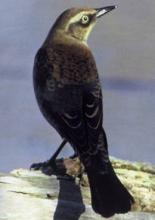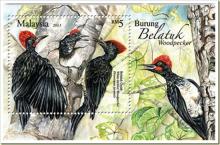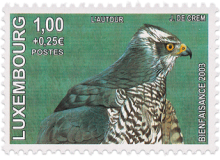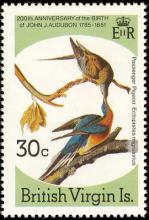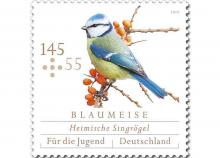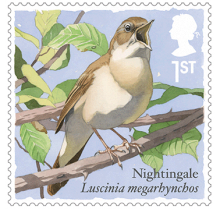Northern Spotted Owl Continues to Decline
The status of the Northern Spotted Owl (Strix occidentalis caurina) will be reviewed under the Endangered Species Act, a decision which could lead to uplisting of the Threatened subspecies to Endangered, a change supported by American Bird Conservancy. “American Bird Conservancy appreciates that the U.S. Fish and Wildlife Service is taking this action to help reverse the Northern Spotted Owl’s spiral toward extinction” said Steve Holmer, senior policy advisor for American Bird Conservancy. Long-term demography studies which make up the federal government’s monitoring program for the species show that in 2013 populations in all eight study areas were in decline and well below historic averages for both total numbers and breeding success. “In the Tyee demographic study area near Roseburg, Oregon, the population has seen a severe drop in the last five years; only 29 owl pairs were found in 2013 compared to 66 pairs ten years ago,” said Holmer. "The number of females nesting has decreased, as has the average number of offspring.” The Tyee researchers concluded that “the last three years of reproduction have been the lowest on record and resulted in the fewest number of young produced.”



